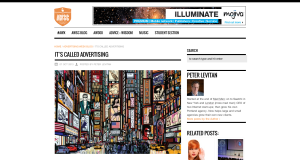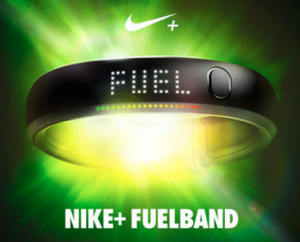 Here is my latest post for Advertising Week Social Club, Advertising Week’s blog.
Here is my latest post for Advertising Week Social Club, Advertising Week’s blog.
The post discusses my take on what advertising means today. There seems to be quite a bit of confusion since the introduction of digital media platforms, social and mobile. But, I think that advertising continues to be about brands spending money to get consumer’s attention regardless of the platform. Here’s Wikipedia’s definition of advertising. I don’t see why Twitter, iPhone apps or content marketing doesn’t fit in.
“Advertising is a form of communication for marketing and is used to encourage, persuade, or manipulate an audience (viewers, readers or listeners; sometimes a specific group) to continue or take some new action.”
For a bit more on this, head over to my post on how to position advertising agencies. I use some Google stats to help understand the value of the word “advertising.”



